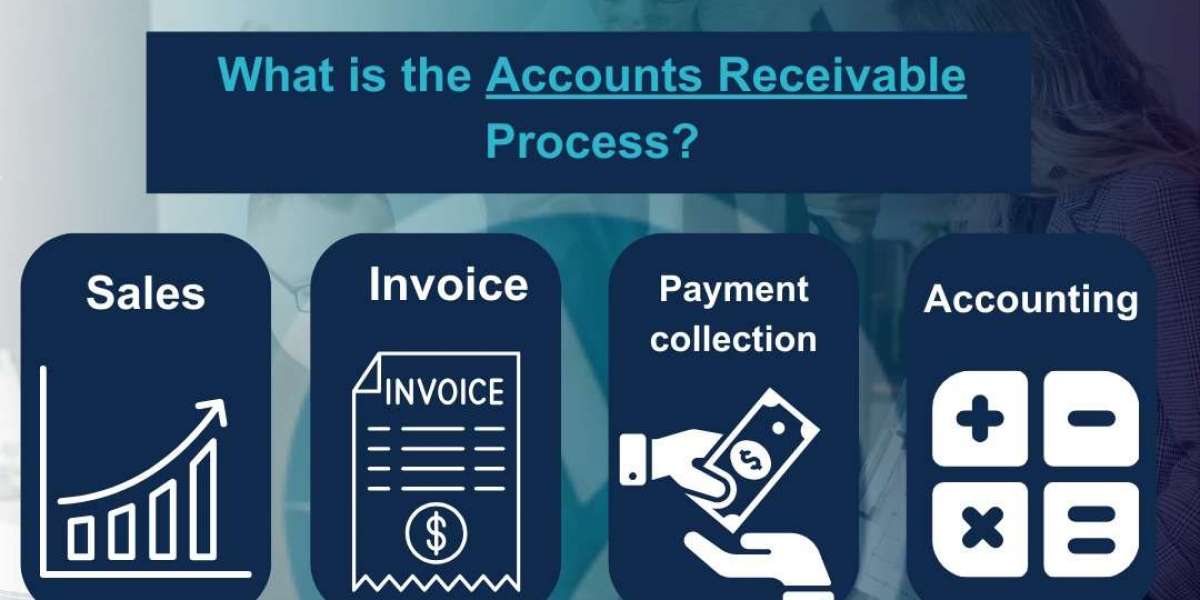In recent years, the concept of sustainable development has evolved from a niche topic to a global imperative. As we face escalating environmental challenges, social inequalities, and economic uncertainties, the need for sustainable development has never been more critical. At the heart of this transformation lies the importance of investing in sustainable development, which is essential for achieving the Sustainable Development Goals (SDGs) outlined by the United Nations. This article explores the significance of investing in sustainable development and how it serves as a pathway to realizing the SDGs.
Understanding Sustainable Development
Sustainable development is a holistic approach that seeks to balance economic growth, environmental protection, and social well-being. It is about meeting the needs of the present without compromising the ability of future generations to meet their own needs. The concept is anchored in three main pillars:
Economic Sustainability: Ensuring that economic activities contribute to long-term prosperity without depleting resources or harming the environment.
Environmental Sustainability: Protecting natural resources and ecosystems while minimizing pollution and waste.
Social Sustainability: Promoting equity, inclusion, and social justice to ensure that all individuals have access to basic needs and opportunities for a better life.
The integration of these pillars is crucial for achieving sustainable development, and this can only be realized through strategic investments that prioritize sustainability.
The Role of Investment in Sustainable Development
Investment in Sustainable Development is not just a moral obligation; it is also a strategic and economic necessity. Here’s why:
Driving Economic Growth: Sustainable investments, such as those in renewable energy, sustainable agriculture, and green technologies, create new industries and job opportunities. These investments not only drive economic growth but also ensure that this growth is resilient and inclusive.
Reducing Environmental Impact: Investing in sustainable practices reduces the environmental footprint of industries and individuals. For example, investments in clean energy technologies reduce reliance on fossil fuels, decreasing greenhouse gas emissions and combating climate change.
Enhancing Social Well-being: Investments that prioritize social sustainability, such as affordable housing, education, and healthcare, improve the quality of life for all individuals, particularly those in vulnerable communities.
Mitigating Risks: Sustainable investments are increasingly seen as lower risk compared to traditional investments. As climate change and resource scarcity pose significant risks to businesses, investors are turning to sustainable options that offer long-term stability and returns.
The Connection Between Investment and the SDGs
The Sustainable Development Goals (SDGs) are a set of 17 global goals established by the United Nations in 2015. They aim to address the world’s most pressing challenges, including poverty, inequality, climate change, environmental degradation, and peace and justice. Achieving these goals by the 2030 deadline requires substantial investment in sustainable development.
Each of the 17 SDGs is interconnected, and investment plays a pivotal role in their achievement. For instance:
SDG 7 (Affordable and Clean Energy): Investments in renewable energy sources, such as solar, wind, and hydropower, are essential for ensuring access to clean and affordable energy for all.
SDG 9 (Industry, Innovation, and Infrastructure): Sustainable investments in infrastructure and innovation lead to the development of resilient and sustainable industries, fostering economic growth and job creation.
SDG 11 (Sustainable Cities and Communities): Urbanization presents both challenges and opportunities. Investments in sustainable urban planning, green spaces, and public transportation contribute to creating inclusive, safe, and sustainable cities.
SDG 13 (Climate Action): Addressing climate change requires significant investments in climate resilience, mitigation, and adaptation strategies.
SDG 15 (Life on Land): Protecting ecosystems and biodiversity necessitates investments in conservation and sustainable land management practices.
By channeling investments towards these and other SDGs, governments, businesses, and individuals can contribute to a sustainable future.
Challenges and Opportunities
While the benefits of investing in sustainable development are clear, several challenges hinder progress. These include:
Financing Gaps: The financing required to achieve the SDGs is estimated to be in the trillions of dollars. Mobilizing such vast resources requires collaboration between governments, private sector investors, and international organizations.
Policy and Regulatory Barriers: Inadequate policies and regulatory frameworks can discourage sustainable investments. Governments must create an enabling environment that incentivizes sustainable practices.
Lack of Awareness and Education: Many investors and businesses are still unaware of the potential returns and benefits of sustainable investments. Raising awareness and providing education on sustainable finance is crucial.
However, these challenges also present opportunities. The growing demand for sustainable products and services, coupled with advancements in green technologies, creates a fertile ground for innovation and investment. Governments and financial institutions are increasingly recognizing the importance of sustainability, leading to the development of green bonds, sustainable investment funds, and other financial instruments.
Conclusion
Investment in sustainable development is not just a pathway to achieving the SDGs; it is the foundation for a better, more equitable, and resilient world. By prioritizing sustainable investments, we can create a future where economic prosperity, environmental health, and social well-being coexist in harmony. As the world moves towards the 2030 deadline for the SDGs, the time to act is now. The choices we make today will determine the world we leave for future generations. Let us invest wisely.








